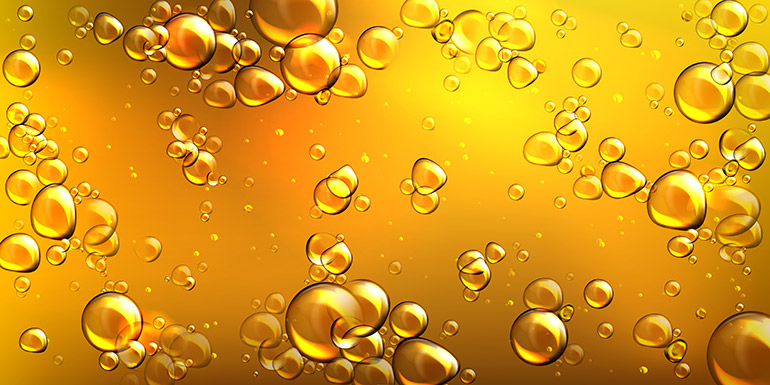By Josh Cosford, Contributing Editor
Nobody’s perfect – I certainly am not. It takes a level of self-awareness to admit you’re not perfect but exponentially more self-awareness to do something about it. Try as I might with my nutritional plan; I regularly fall short of perfection. But even if perfect was possible to manifest, even the most mindful undergraduate of Perfect 101 is subject to ignorance. How do you improve if you don’t know what you need to improve?

Ignorance isn’t admissible in a court of law, but it’s an all-too-common quality that defines the human condition. We all make mistakes, and that’s okay, especially when you don’t know you’re making a mistake. Every vocation and role within them must acquire and train neophytes if they wish their vocation to carry on. But this one error, this one mistake, is still way too common even amongst trained fluid power professionals.
Air in a hydraulic system is detrimental. Air displaces oil, decreases bulk modulus, damages pumps, reduces lubricity and is generally a pain in the ass. In addition, sometimes air enters accidentally, such as when components are repaired, suction lines draw in air, or a low tank level causes oil waterfalls from the return lines. But what if I told you that the worst time to have air in your system is when it’s brand new?
Pumps, valves, cylinders, and motors would appreciate the love and respect shown when offered that sweet, sweet oil right from the get-go. Your mistakes are causing damage to expensive machinery, and even if those mistakes aren’t resulting in failed components, they’re degrading the performance of your machine. You must stop forgetting to fill dry components with oil before installing them.
Oil filters, pump cases, manifolds, cylinders, and every other part of your hydraulic circuit with any possible volume of oil should be filled before commissioning your expensive machine. I’ve personally spent hours chasing trapped air in a hydraulic system, trying to stop cylinders from chattering or preventing erratic operation of pressure valves. It’s not always easy, especially when actuators, control valves and power units are located remotely.

Before installing your hydraulic cylinder, place it upon your test stand or workbench before, cycling it repeatedly to help remove air. Be sure the ports face upwards, and when you’re comfortable that all trapped air has been removed, remove the hoses and cap the port to trap fluid. Be sure to install the cylinder quickly to offer no time for heat to raise the pressure inside the cylinder. Once in place, quickly remove the plugs and install the work lines (which were also flush with oil and capped or plugged).
I can’t believe I have to say this but fill your pump case with oil! Sure, internal bypass will fill the case after a few minutes, but do you really want to take 50% of the life out of your pump in the first minutes of operation? While you’re at it, fill the pressure and suction line with oil. This task is nearly impossible for pump-over-reservoir applications but points to the importance of flooded suction (reservoir above or to the side of your pump). In addition, filling your pressure line with oil prevents an “air slug” from flying through your system and filling voids unexpectedly, which may or may not cause erratic operation.
Large hydraulic manifolds, especially those with many valves with sporadic operation, also benefit from prefilling ports and cavities. Some manifolds contain dozens of valves, including large slip-in cartridge valves. The circuit functions may have been tested during manufacturing or commissioning, but many maintenance practices drain the manifold of fluid, such as changing hoses or valves. Fluid drained from pilot lines or rarely used valves could cause erratic or failed operation when eventually called upon.
If you’ve made the mistake of installing dry components, don’t worry, I’m sure you’re not alone. This mistake is relatively common because technicians don’t know they should be doing it. The consequences are rarely catastrophic but prevent minor headaches when installing and maintaining hydraulic machinery.
Filed Under: Engineering Basics, Fluids, Trending